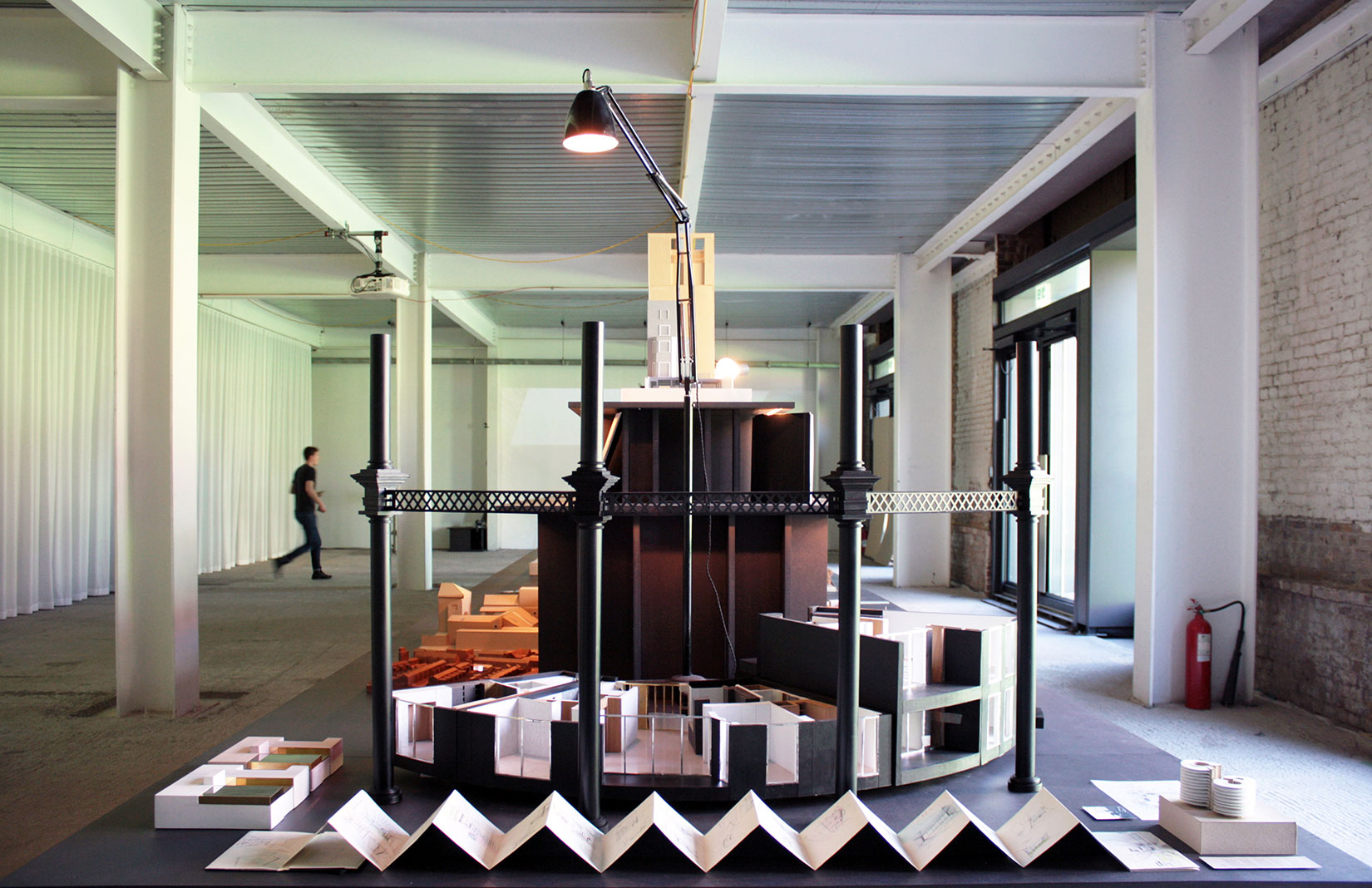
Behind the soot-stained facades of Victorian London lie a surprising number of neglected and barely habitable spaces. Many get torn down with best intentions of rebuilding anew. For the others, there’s Jonathan Tuckey, a designer who leads his industry in the radical transformation of old buildings.
In the shadow of the King’s Cross Gasholders – for which he’s created new interiors that peek out from the historic bones – Tuckey has designed a retrospective of his work over some 15 years. Building on the Built runs alongside a programme of lectures (kicking off on Tuesday 10 May), in which leading architects and critics will debate the challenges and opportunities inherent in architectural interventions. We spoke with Tuckey about how his own practice decides when to adapt and when to preserve.
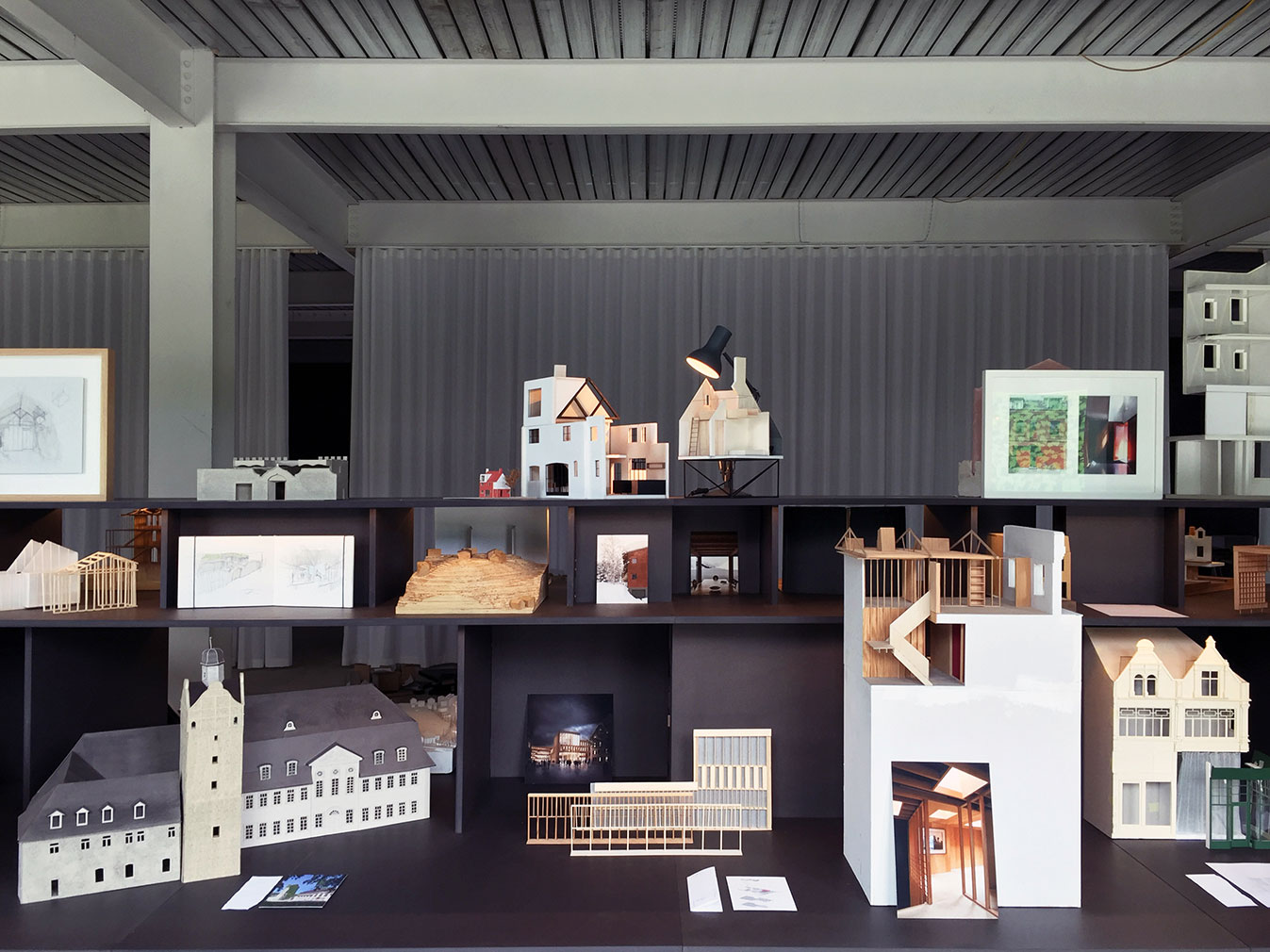
You’ve credited a Joseph Gandy painting of the work of Sir John Soane as your inspiration for this show. How did it influence you?
Jonathan Tuckey: Gandy did all the drawings for John Soane – he was the modern-day computer renderer. One of the paintings we in the office like includes models of all Soane’s buildings set up in a room he’d designed. All these models of different scales become a kind of city, because the juxtaposition between them starts to have some spatial composition. We were quite taken by it. We had all these models in the office, and it felt appropriate that we bring them together in a way that links them. Layering them together, you’re constantly looking at the different scales.
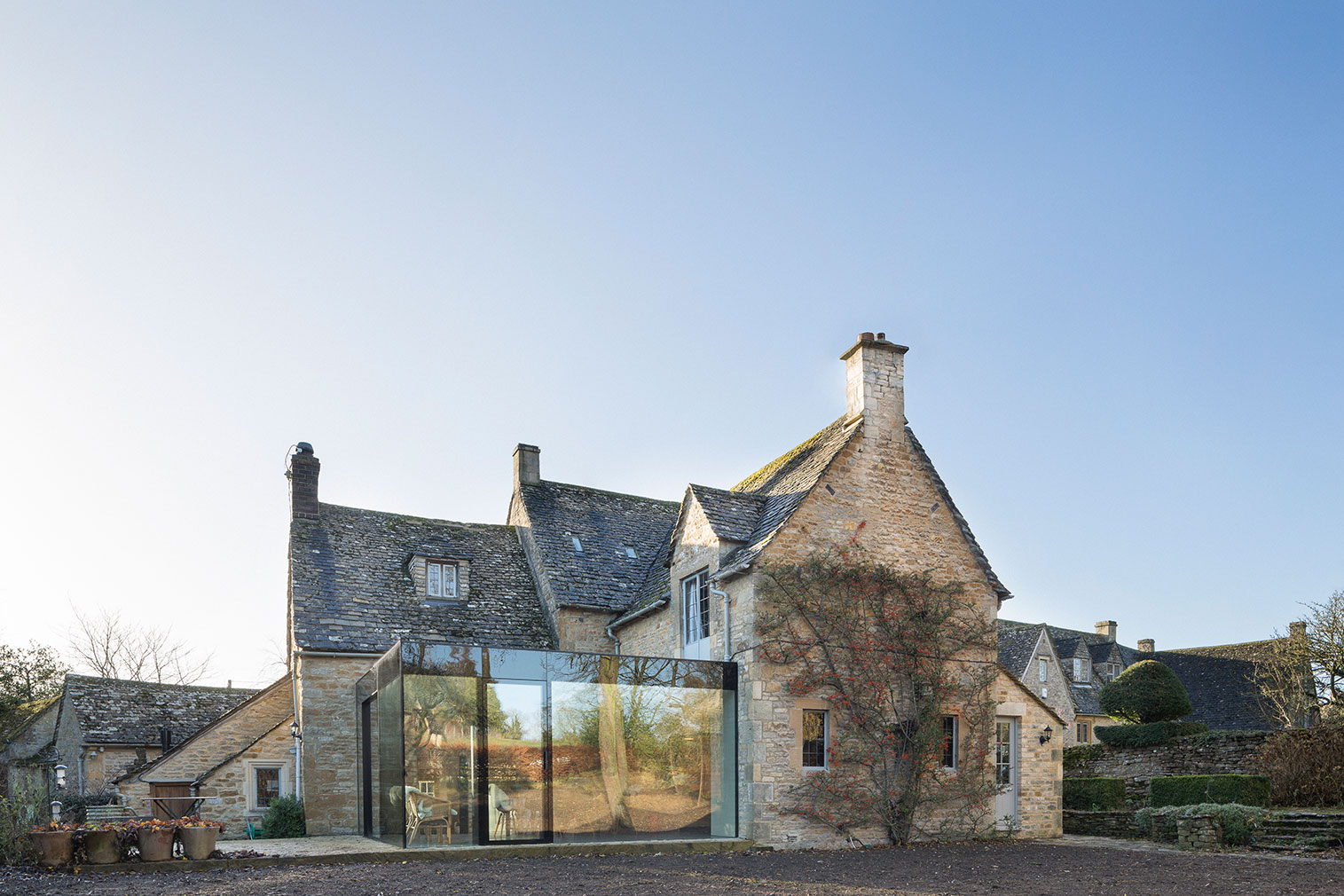
Can you explain the origin of the name ‘Building on the Built’?
The show asks, How much can you change something before you ruin it? In my practice, we’re not dictated by some overarching theory. But in the back of our minds, we’re always are aware of two big 19th-century thinkers: John Ruskin and Eugène Viollet-le-Duc. Viollet-le-Duc believed you shouldn’t be loyal to the past, that you should change existing buildings as much as you want. Ruskin said we shouldn’t touch old buildings – we should hold onto them exactly as they were and build very delicately next door.
So whose side are you on?
We oscillate between one and the other. I don’t think we’re in an age where we can prevent ourselves from working in either – partly because planners often make the rules, so we’ve got to find a way to collaborate with them. Other times, a building looks like it needs to be significantly altered if it’s going to fulfil a brief. We’re pragmatic, but everything we’ve done has that essential polarity.
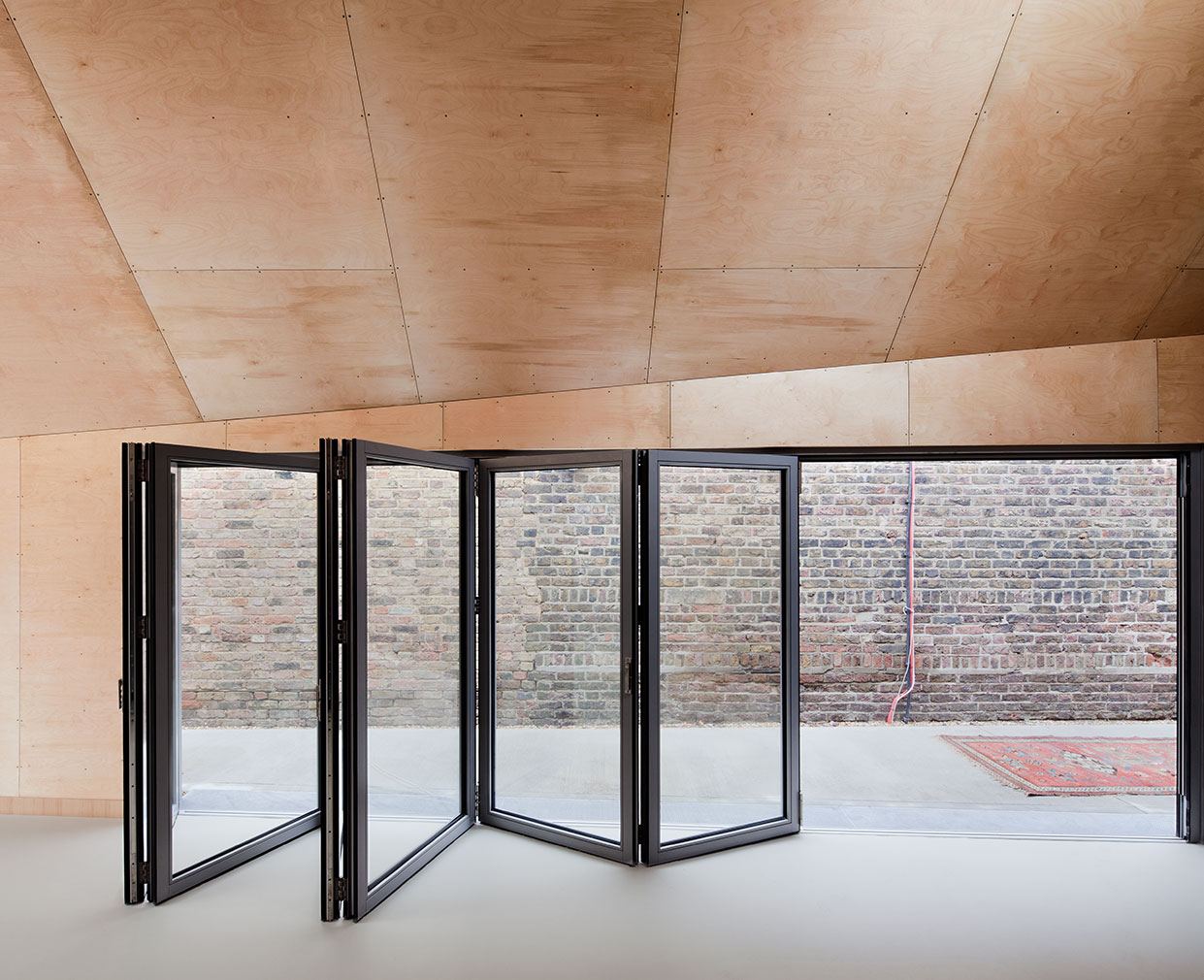
Which came first: your passion for repurposing old buildings or your first repurposing project?
The former. I’m not an architect. I trained in anthropology, trying to understand why people live in a certain way. I was fascinated to realise that our needs change as we change. And therefore the buildings we like to live in change as well. So how do you change them?
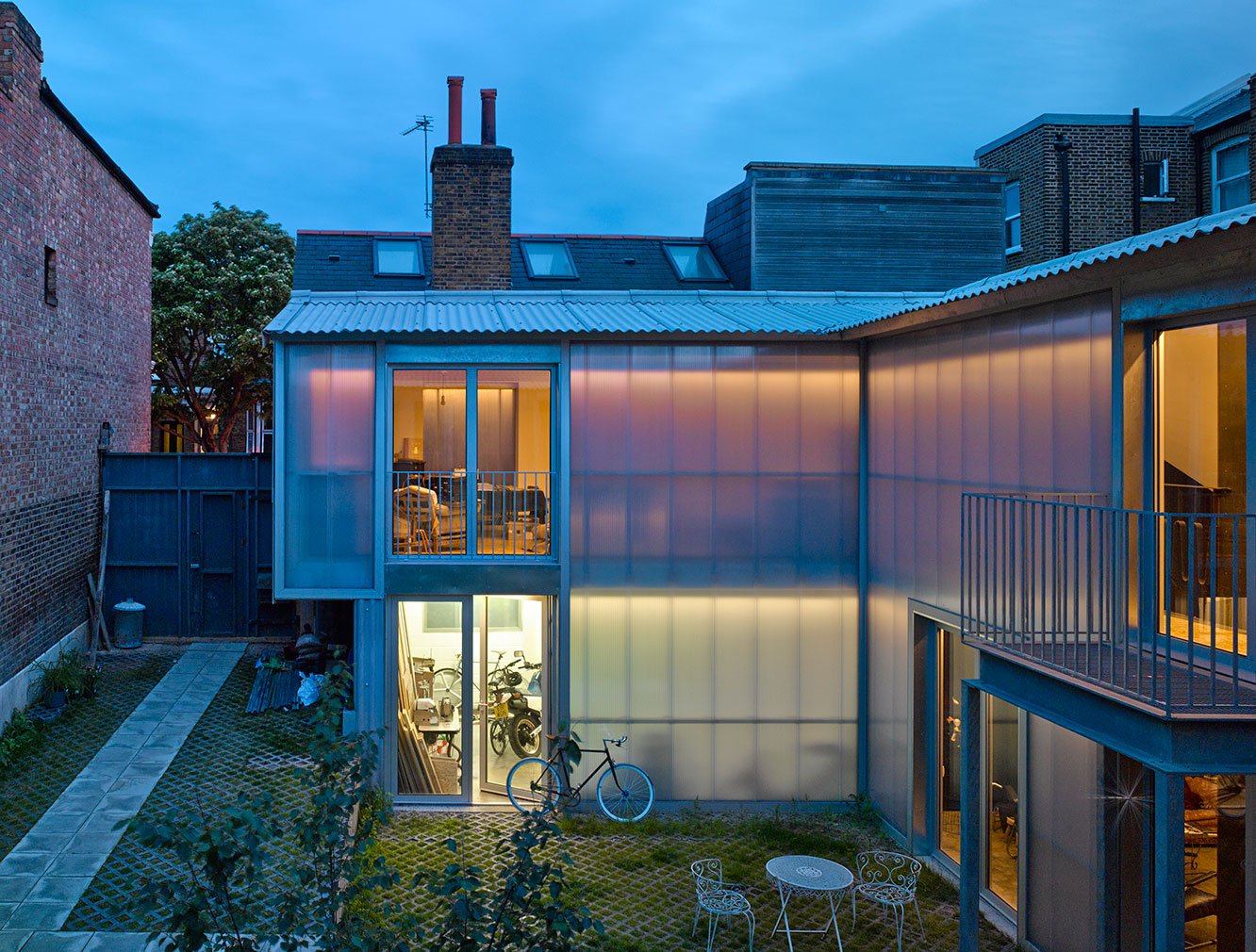
Do those needs vary across borders?
Yes. We’re working on a building in Switzerland, and their respect for climate overrides everything. It gets cold there, so they can’t tolerate an old leaky warehouse with exposed bricks. To make it new, we had to heavily insulate the wooded rooms. We’ve kept some materiality and added new material. Clients in the UK might be more accommodating about keeping existing fabric.
Building on the Built runs until 18 May at 6-8 Stable Street, King’s Cross, London N1C 4AB

















